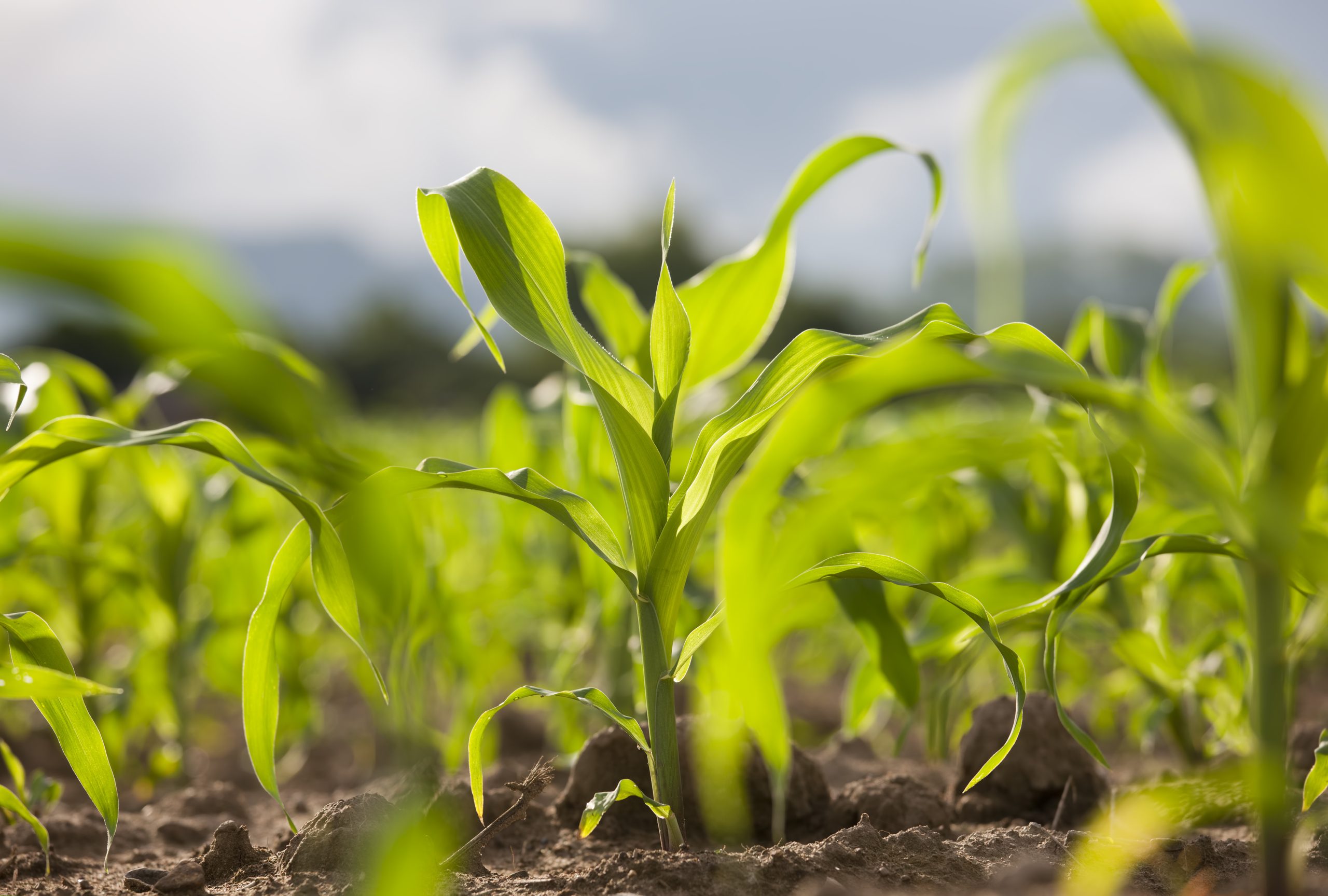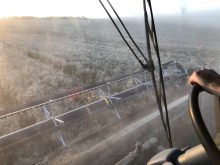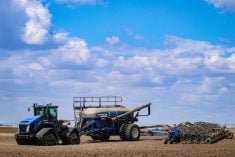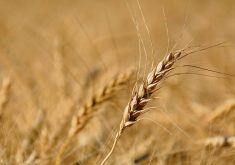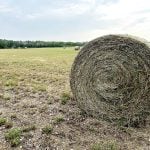Kudzu, a rapid-growing weed notorious in the southern U.S. both as a crop nuisance and as a host for Asian soybean rust, is seen as a less likely host for the crop disease in Ontario.
The weed, known in the U.S. ag industry as “the vine that ate the south,” was found this year in Ontario for the first time, near Leamington, about 50 km southeast of Windsor, according to the provincial agriculture ministry.
“This is a significant confirmation, although it shouldn’t come as a surprise,” provincial crop pathologist Albert Tenuta wrote in a newsletter this week, noting kudzu had already been found across the U.S. border in Michigan, New York, Ohio and Pennsylvania.
Read Also
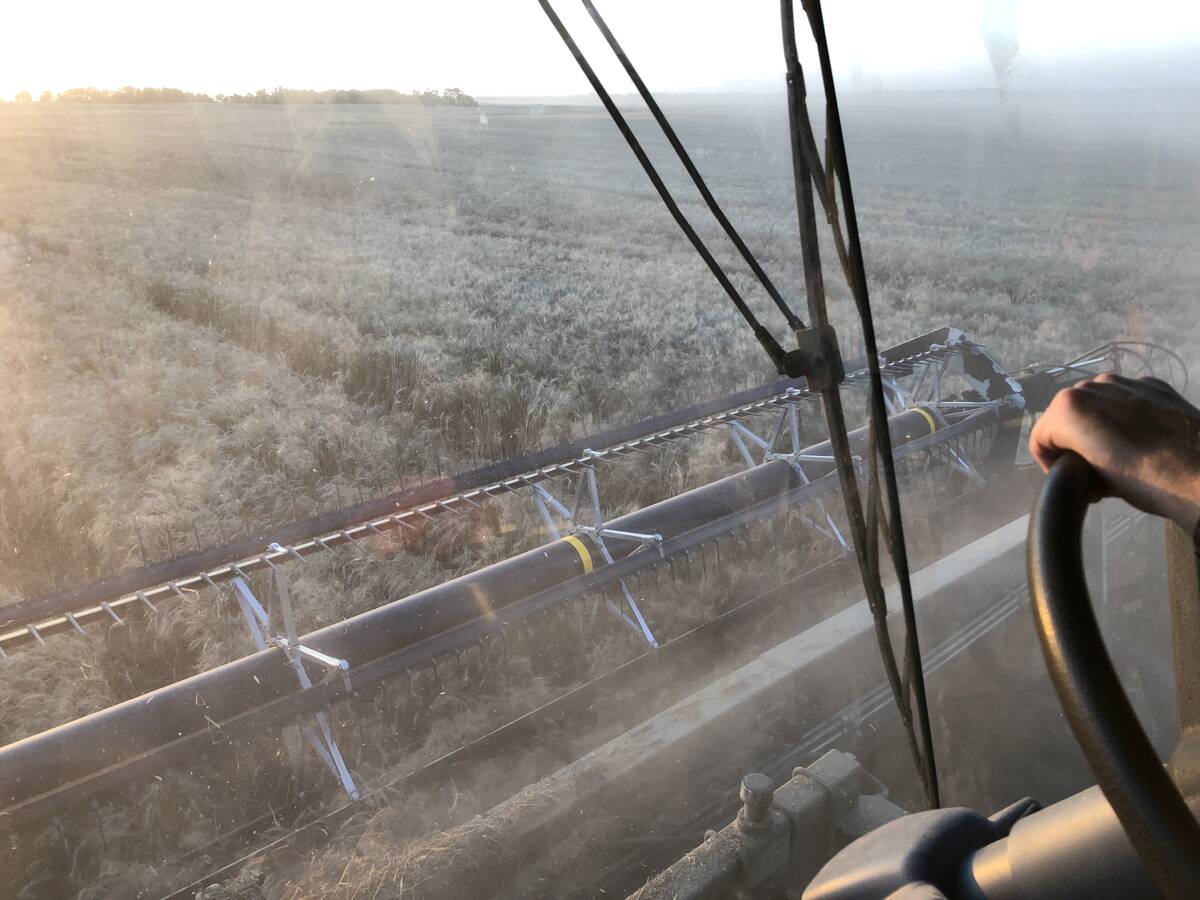
Mail strike disrupts grain sample delivery
The Canadian Grain Commission has asked farmers to consider delivering harvest samples directly to CGC offices, services centres or approved drop offs as Canada Post strike delays mail.
Its distribution, however, has been “very localized” in those states and in Ontario.
Asian soybean rust, which has devastated soybean crops and yields in affected areas of Asia and South America, arrived in the southern U.S. in 2004; its spores have been expected since then to ride the wind into Canada. The disease is known to overwinter on kudzu in affected areas of the U.S.
“Will this increase our risk to soybean rust?” Tenuta wrote. “Probably not at this time, since the soybean rust fungus requires a living host to survive. It will not produce spores on dead plant material whether that be soybeans or kudzu.”
Kudzu will defoliate at temperatures below 0°C, he wrote, but based on the size of the vine at Leamington, kudzu appears to have overwintered there.
“Without leaves and (given) our very cold winter temperatures, it is very unlikely any soybean rust spores could survive and pose a threat the following year,” Tenuta wrote, but noted kudzu samples have already been collected to be tested for soy rust infection.
Canada has had a monitoring system in place for years to watch for any signs of the disease.

